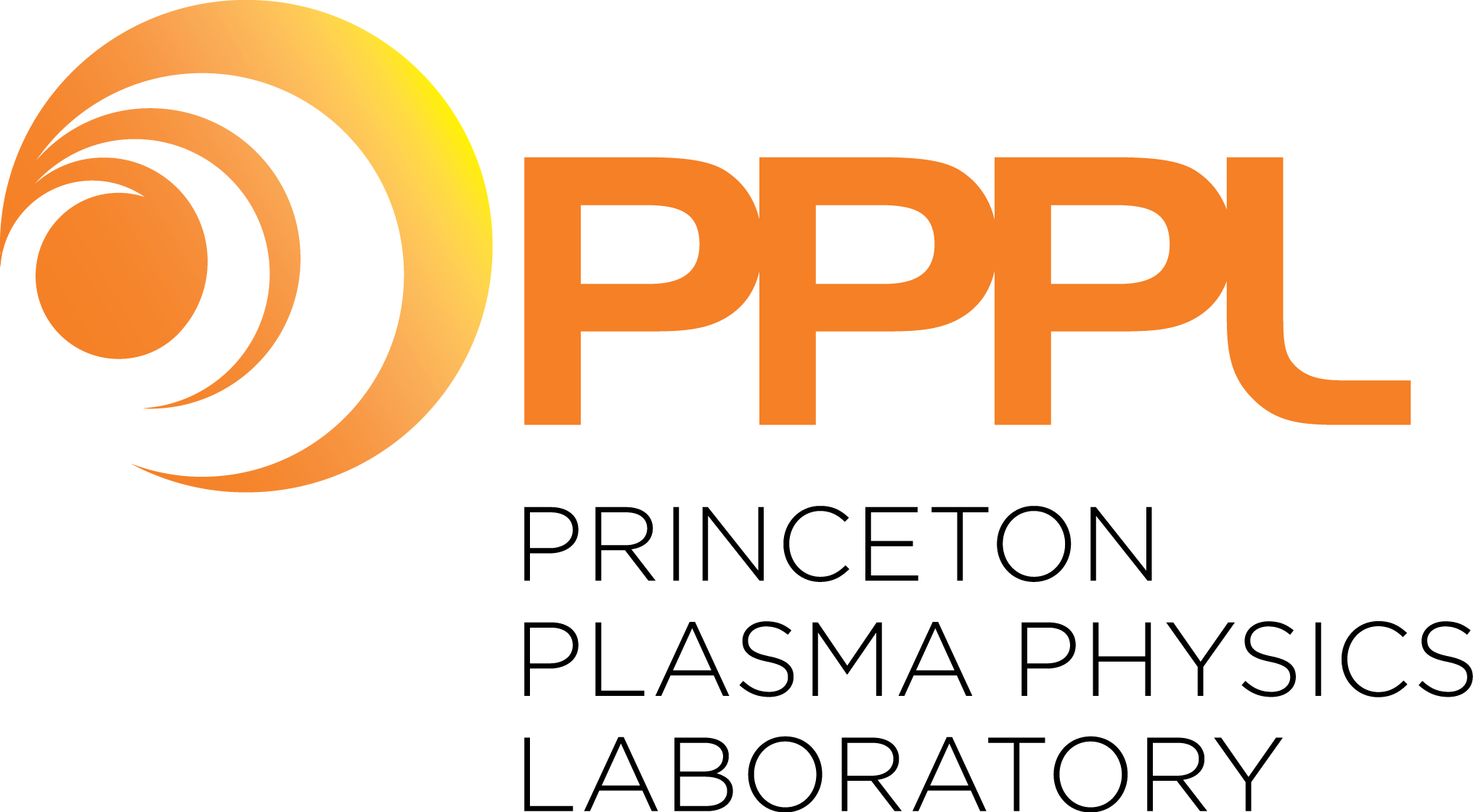PPPL: Artificial Intelligence Speeds Forecasts To Control Fusion Experiments
Machine learning, a technique used in the artificial intelligence (AI) software behind self-driving cars and digital assistants, now enables scientists to address key challenges to harvesting on Earth the fusion energy(link is external) that powers the sun and stars. The technique recently empowered physicist Dan Boyer of the U.S. Department of Energy’s (DOE) Princeton Plasma Physics Laboratory (PPPL) to develop fast and accurate predictions for advancing control of experiments in the National Spherical Torus Experiment-Upgrade (NSTX-U) — the flagship fusion facility at PPPL that is currently under repair.
Such AI predictions could improve the ability of NSTX-U scientists to optimize the components of experiments that heat and shape the magnetically confined plasma(link is external) that fuels fusion experiments. By optimizing the heating and shaping of the plasma scientists will be able to more effectively study key aspects of the development of burning plasmas — largely self-heating fusion reactions — that will be critical for ITER, the international experiment under construction in France, and future fusion reactors.
Machine learning tactics
“This is a step toward what we should do to optimize the actuators,” said Boyer, author of a paper(link is external) in Nuclear Fusion that describes the machine learning tactics. “Machine learning can turn historical data into a simple model that we can evaluate quickly enough to make decisions in the control room or even in real-time during an experiment.”
Fusion reactions combine light elements in the form of plasma — the hot, charged state of matter composed of free electrons and atomic nuclei that makes up 99 percent of the visible universe — to generate massive amounts of energy. Reproducing fusion energy on Earth would create a virtually inexhaustible supply of safe and clean power to generate electricity.
Boyer and coauthor Jason Chadwick, an undergraduate student at Carnegie Mellon University and a Science Undergraduate Laboratory Internship (SULI) program participant at PPPL last summer, tested machine learning forecasts using 10 years of data for NSTX, the forerunner of NSTX-U, and the 10 weeks of operation of NSTX-U. The two spherical tokamaks are shaped more like cored apples than the doughnut-like shape of bulkier and more widely used conventional tokamaks, and they create cost-effective magnetic fields that confine the plasma.
The machine learning tests correctly predicted the distribution of pressure and density of the electrons in fusion plasmas, two critical but difficult-to-forecast parameters. “The electron pressure and density distribution within the plasma are key to understanding the behavior of fusion plasmas,” Boyer said. “We need models of these factors to predict the impact of changing heating and shaping on the performance and stability of experiments.”
“While physics-based models for predicting electron pressure and density exist,” he said, “they are not appropriate for real-time decision making. They take way too long to calculate and are not as accurate as we need them to be.”
Addresses both issues
The machine learning model addresses both issues. “It has learned to make predictions from thousands of observed profiles in the PPPL tokamaks and has made associations between combinations of inputs and outputs of actual data,” Boyer said. Once trained, the model takes less than one thousandth of a second to evaluate. The speed of the resulting model could make it useful for many real-time applications, he said.

